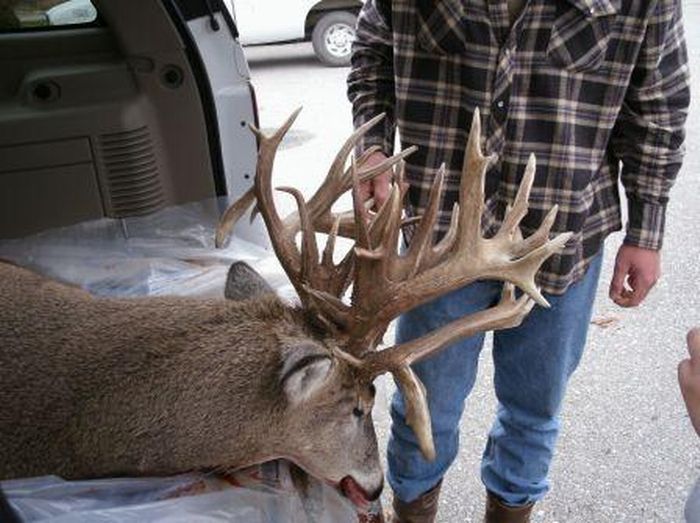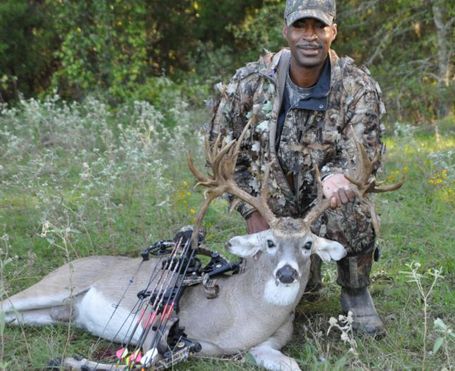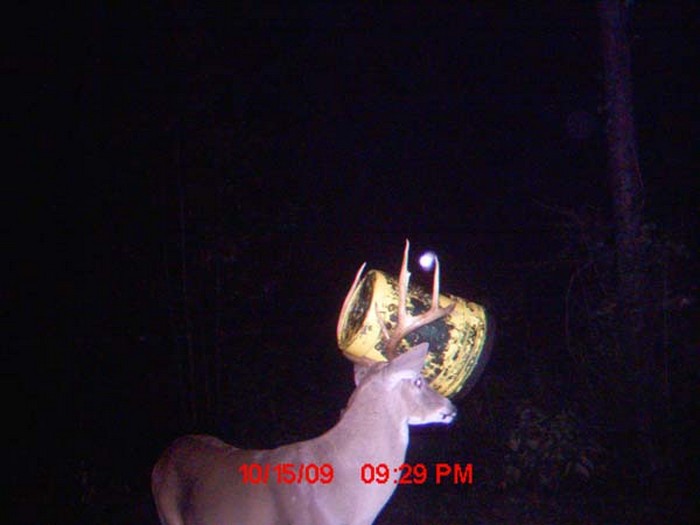White-tailed deer hunting is a big deal in Texas, but hunters had a tough time of it this year in the Lone Star State. “The best estimate is that harvest is down by 30-35 percent this year,” said Alan Cain, Texas Parks and Wildlife Department Wildlife district leader from Pleasanton of the South Texas harvest. Some locker plants that process deer are reporting deer numbers are down as much as 40-45 percent!
Cain said to blame the drop on the green-up that came following the drought. “The positive side of this is that a bunch of bucks will probably make it through the season to be available next year and with another year of age,” Cain said.He added that range conditions are still good, and once the bucks shed antlers and begin developing another set they should be healthy. Continue reading Whitetail Deer Hunting Was Texas Tough


